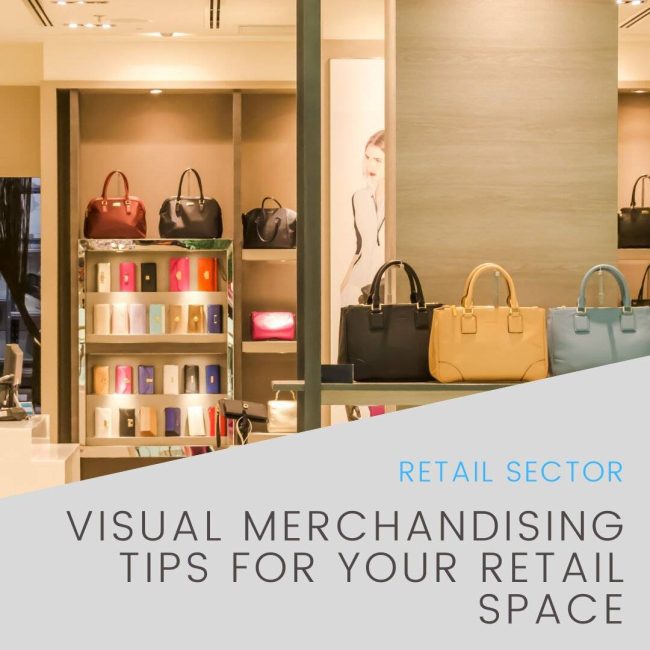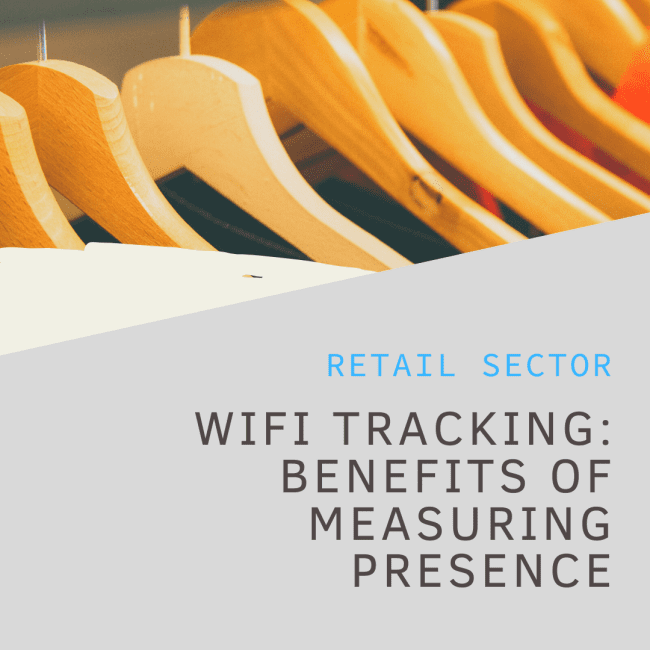Retail is all about finding the perfect way to communicate with potential customers. A store can sell the most fashionable jeans, but unless they reach shoppers, their products are worthless. There are many ways of communicating with customers, both directly and indirectly, and they all require careful planning in order to work. Visual merchandising is one of the most important forms of communication for brick-and-mortar stores. This type is a central part of the retail sector, as it opens up a communication channel between brands and customers.
While direct, obvious advertising plays a big part in attracting consumers, the structure and appearance of a shop itself can get people to purchase items instead of just browsing. There are a number of elements of visual merchandising, including:
- Presentation and placement of products
- Color schemes and lighting in a store
- Brand personality and how it integrates into the store’s appearance
- Layout of the store
- In-store signage and images
- Use of mannequins
How And Why Visual Merchandising Works
Most of us go through life without stopping to consider how our surroundings subliminally influence us. It might occur to us that we feel better after clearing away clutter at home, but generally, people don’t analyze why they can’t stop spending money every time they visit a retail outlet.
To implement effective visual merchandising, a brand must know who their target audience is and what appeals to them. This is achieved through market research and analyzing the behavior of customers. Once a brand knows what appeals to their customers, they can use this knowledge to drive sales and influence purchasing decisions.
Here are 10 tips for retailers who want their visual merchandising to encourage maximum returns.
Using Visual Merchandising In Retail: Top Tips
1. Market Research And Analytics
Before planning any kind of visual merchandising strategy it’s vital to know who your target market/audience is.
Using analytics can reveal details about customers such as their age, gender and interests. Implementing visual merchandising effectively requires thorough knowledge of what appeals to your customers.
2. Clear And Intuitive Store Layout
Research has shown that shoppers often move in similar ways after entering a store. Creating a heat map shows retailers the most popular routes through a store, and highlights customer behavior when browsing. Retailers can profit by adapting their layouts to showcase their bestsellers and place items in the most noticeable locations. A clear layout helps customers navigate a store easily, ensuring a more pleasant shopping experience.
3. Use Bundling And Combinations
Bundling refers to the grouping of products together to make a complete set—a jacket with a pair of jeans and shoes, for example. This can prompt customers to look around more than they may have intended to, and even buy more items.
Bundling can also involve upsells (encouraging the purchase of more expensive items) and cross-sells (persuading customers to buy products as a set with promotions).
Using bundling in visual merchandising stimulates customers’ imaginations—many shoppers are all too happy to buy more when presented with complementary items. Especially if there is a discount offered. Using bundling in clothes stores can show off items in their best light.
4. Less Is More—Clear Clutter
While some people enjoy busy, frenetic environments, most shoppers would rather feel relaxed while they browse.
Part of visual merchandising is getting shoppers to spend as long as possible in the store; an environment that is too busy is likely to have the opposite effect. Getting rid of clutter also makes it easier to navigate a shop, reducing the possibility of frustrated shoppers walking out when they can’t find what they’re looking for.
5. Use Hierarchy—The Pyramid Principle
The retail saying, “eye level is buy level,” is tried, tested, and proven true. This doesn’t mean that products placed above or below a shopper’s line of sight don’t stand a chance. But visual merchandising should be tailored to draw attention from one product to another.
Creating displays with contrast in depth and height keeps people’s attention, while arranging items in a triangular structure encourages shoppers to scan from top to bottom. The pyramid principle is an effective way to make the most of display space.
6. Change Window Displays To Grab Customers’ Interest
Window displays and in-store layouts need to evolve to keep customers interested. This doesn’t mean you have to change things every day. However, keeping things fresh and interesting is far more likely to attract customers’ attention.
Keeping the same displays in place for weeks or months results in boredom. Why would someone go back to a store if they already know what’s going to be there?
What you put in a window display is also important. The best window displays showcase a retail outlet’s most popular items, while not giving away too much—just like the trailer of a film.
7. Use The Rule Of Three For Product Grouping
Studies show that people are more likely to be attracted to things grouped in threes, rather than individual items or pairs. This is comparative to the pyramid principle, as a person’s eyes are more drawn to a structure that feels interesting. The practice of using odd numbers in visual merchandising stems from the fact that they achieve the perfect combination of imbalance and harmony.
8. Use Color Wisely
Colors play a major role in how we feel and behave. People often associate certain colors with emotions or ideas. Red can mean romance or anger, blue implies sadness and yellow can suggest happiness or joy.
The use of colors in visual merchandising is a powerful strategy that subliminally influences shoppers. Matching colors in-store with the brand’s color scheme builds a stronger brand identity, while using brighter colors can draw customers’ attention to different items.
9. Manage Your Mannequins
Most, if not all, clothes retailers use mannequins to provide shoppers with an example of how their products look when in use.
The size, shape and grouping of mannequins can influence shoppers’ perception of a store, as well as their behaviors and spending. Your target audience should guide your use of mannequins, as should the style of mannequins chosen. There are numerous different styles that appeal to varying demographics, and selecting the right look is key to connecting with your audience.
10. Add An Interactive Angle
This isn’t always feasible, but wherever possible a display should have at least some element of interactivity—even if it’s in the way you pose the mannequins.
Alternatively, you can make your products an interactive element. For example, if you sell printed shirts or mugs, stack them in a way that not only makes them part of a display, but that also encourages customers to grab one as they walk past.
You can also use pop culture and current events to add an interactive feel. If there’s a major sporting event coming up or a highly anticipated movie release, a TV playing relevant footage draws customers in and makes them feel part of the display.
The Takeaway
Visual marketing is a crucial sales strategy for every retailer, no matter what their product is. But having a well-curated display isn’t the end of the story. Retailers must monitor the behavior of customers to keep tabs on whether these strategies are working or not.
If a display isn’t driving sales, assess why, and try a new tactic. Visual merchandising is an art that takes practice, but it’s an essential part of the retail experience.
Keeping this in mind can turn your store into a far more profitable venture.







